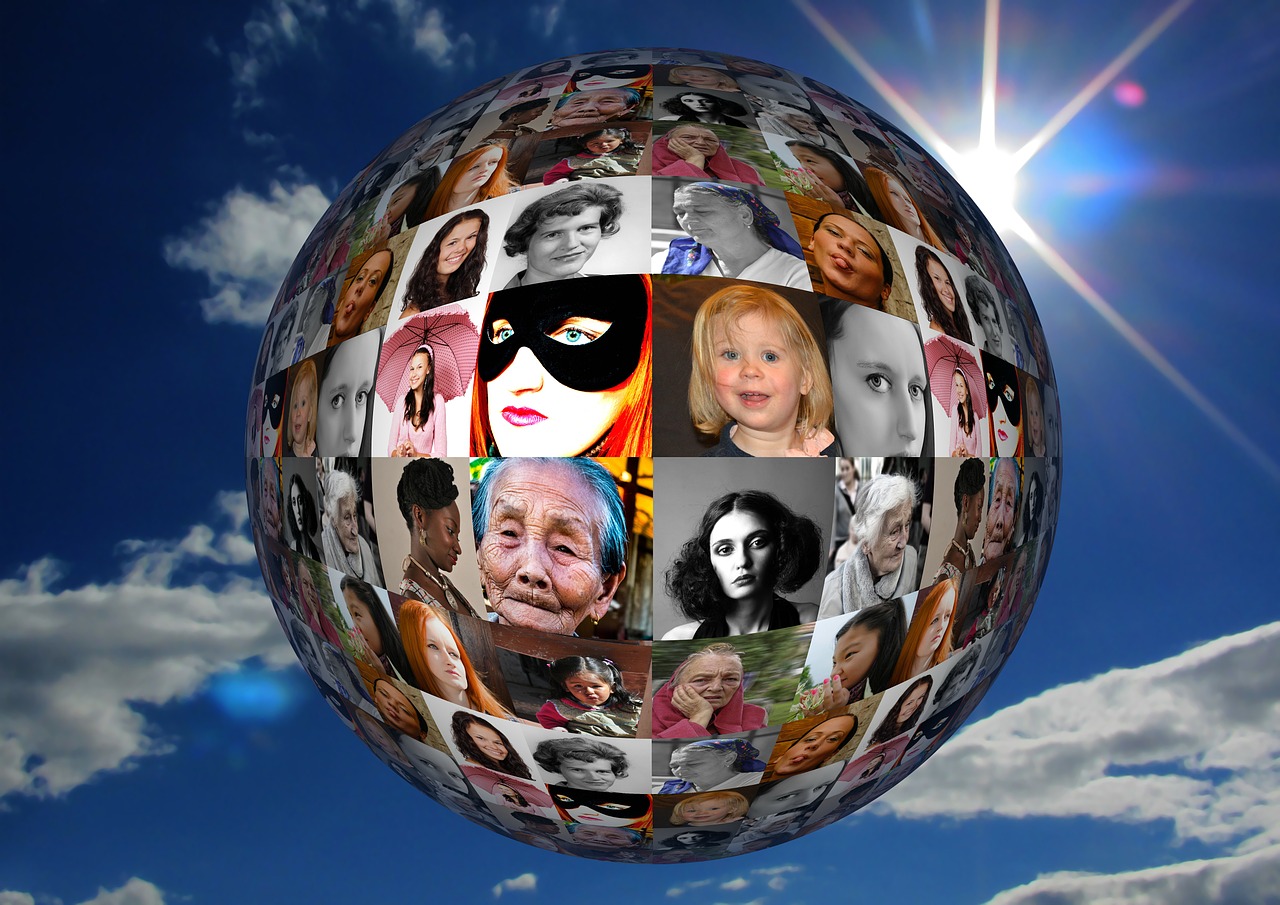Facial recognition is a technical way of identifying a human face. It uses biometrics to scan the facial demography of a person. After taking the essential biometrics, it compares the information with a database of known faces to find a match. Facial recognition works to verify personal identity but it also brings many privacy issues if used for evil purposes. The facial recognition market is expected to grow to $7.7 billion by 2022. It was just $4 billion in 2017. The reason behind the growth is its wide use in many places.
How Facial Recognition Works
Facial recognition works through a facial recognition software that holds a massive amount of data. This data can be easily stored and accessed. Half of all American adults have uploaded their faces in many facial recognition databases. There are some steps that a user needs to follow on the software.
- Use a picture of your face from a photo or video. Your face must be alone and clear. Your photo also needs to be looking straight.
- Upload the photo on the software so that it can read the geometry of your face. The geometry includes the distance between your eyes and distance from forehead to chin. The software recognizes all the facial landmarks to distinguish your face.
- Further, the software checks your facial signature which is a mathematical formula. The formula is then compared to a database of known faces.
- A final determination is made to bring a faceprint that matches with an image in a facial recognition system database.
Where it is Used
Many governments at airports are using the face search engine for finding lookalike faces and to monitor people coming and going to airports. It helps agencies to check which person has overstayed their visas and who may be under criminal investigation. Mobile phone makers are also using facial recognition to lock and unlock the phones. First of all, Apple had started to use this technology. Now almost every mobile maker is launching phones with face recognition facility. Businesses are also using this technology at entrances and restricted areas.

